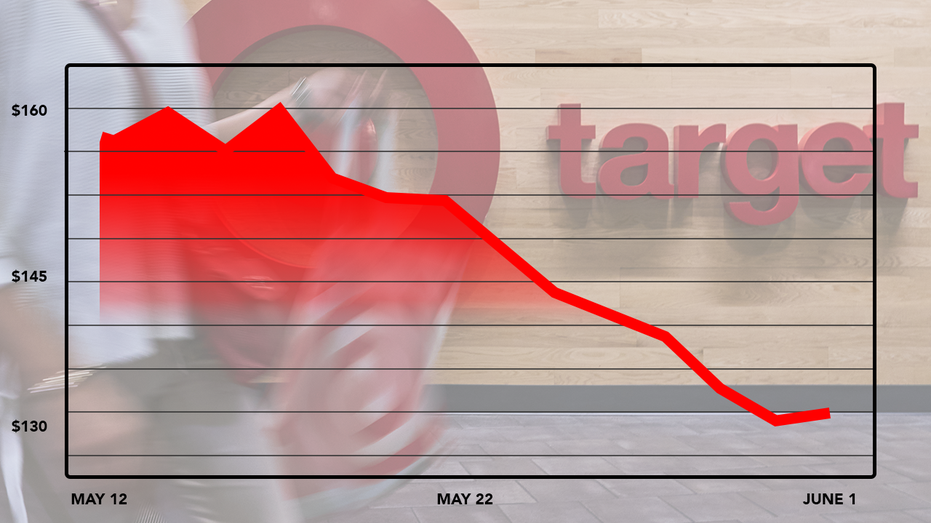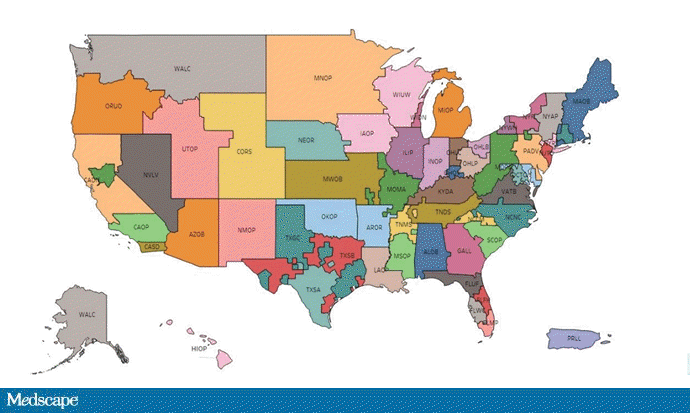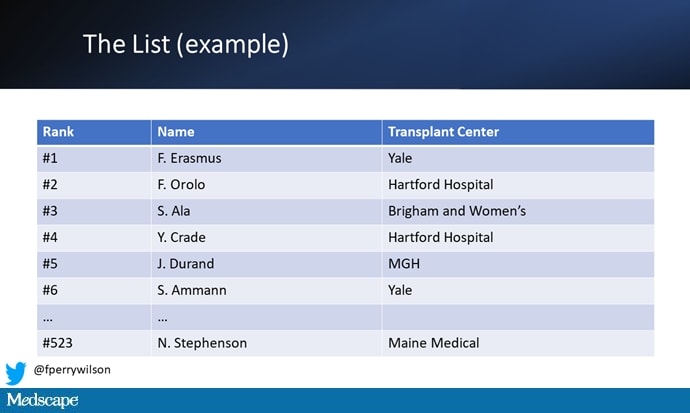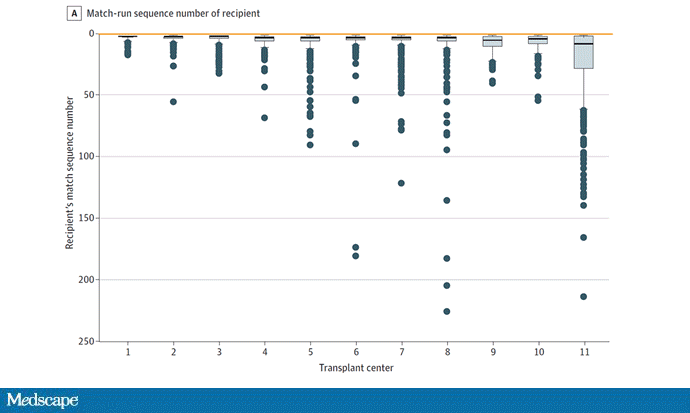Last week, Goldman Sachs hosted the 2nd Annual Global Semiconductor Conference in New York, where they gained valuable insight into where the industry is headed from management and IR teams from the semiconductor device, equipment, and materials companies. Conversations were also held with Todd Fisher, the person the Biden-Harris Administration appointed to lead the CHIPS for America offices.
Goldman's Toshiya Hari said there was a lot of focus on artificial intelligence from participants, including Intel, Marvell, Micron, Renesas, and Advantest. Management teams of these companies overwhelmingly believe AI will be 'long-term' growth drivers, though some said it might take time for the growth to be realized.
There were signs from Intel and Micron that the PC bust cycle might be stabilizing. As well as signs the memory industry is finally "bottoming."
Fisher provided more clarity on the Biden administration's long-term goals of building out America's domestic chip production while pointing out there is "no bias either way in the treatment of a domestic or international applicant as the goal of the program is to encourage companies to invest in R&D and for IP to reside in the United States."
Here's Goldman's Hari summary of the top ten takeaways from the chip conference:
1) Focus on AI:
There was an immense focus on AI throughout our conference with Intel, Marvell, Micron, Renesas, and Advantest, in particular, speaking to the near- and long-term opportunity set associated with this growing theme. Intel highlighted how Sapphire Rapids (i.e. 4th generation Xeon scalable processors based on Intel 7 technology) is well-suited for AI workloads (note Nvidia selected Sapphire Rapids as the standard server CPU in its DGX H100 system last year), while management also shared that its pipeline for Gaudi (i.e. Habana's training and inference accelerator) had increased ~2.5x in the preceding 90-day period. Marvell reiterated what it had disclosed the prior week on its earnings call — namely, that optical DSPs and custom compute processors are expected to lead to a more than doubling of AI revenue in FY2024 and FY2025 from a base of ~$200mn in FY2023. Micron stated that although AI revenue is difficult to quantify and it currently makes up a small percentage of total revenue, they see AI as a significant long-term growth driver given the implications for content growth. While there is a range, Micron believes AI servers can embed 8x the amount of DRAM and 3x the amount of NAND compared to a traditional server. Renesas highlighted the medium- to long-term growth potential in MCUs, particularly at the edge (i.e. multi-billion dollar SAM), their recent acquisition of Reality AI, a predictive AI company, that will augment its MCU capabilities particularly across industrial applications (e.g. HVAC), as well as its ongoing investments in CXL memory accelerators. For Advantest, while HPC/AI-related demand is unlikely to move the needle on CY2023 tester demand, per management, the company sees HPC/AI as a medium- to long-term growth driver given a) the expected increase in transistor count, b) the potential increase in test intensity as the industry accelerates the adoption of advanced packaging, and c) the company's confidence in defending its dominant share position in this market segment.
2) Signs of stabilization in the PC market:
Signs of stabilization are emerging in the PC market with Intel raising the mid-point of its 2Q revenue outlook from $12.0bn to $12.25bn (+5% qoq, -20% yoy) based on strong linearity in Client Computing (i.e. PC) and Data Center and AI so far in the quarter and Micron reiterating its expectation for customer inventory in PCs (and smartphones) to be at or near normal levels exiting the CY2Q. While sell-in of components in CY2H and beyond will depend on PC sell-through, we expect, at a minimum, the under-shipping of components relative to end-demand that has persisted over the past ~9 months to subside soon.
3) Memory fundamentals bottoming:
While Micron's disclosure that the recent ruling by the Cyberspace Administration of China (CAC) could have a high-single-digit (%) impact on total revenue, up from the low- to high-single-digit (%) range provided by management on 5/22, weighed on the stock last week, our constructive view on the Memory cycle predicated on demand stabilization and supply-side discipline (i.e. capex and production cuts) remains intact. Between DRAM and NAND, we continue to expect a sharper and more sustained recovery in DRAM given relative inventory levels (i.e. DRAM < NAND) and relative industry consolidation as measured by HHI (i.e. DRAM > NAND). In NAND, we fear that suppliers with relatively weak balance sheets could re-accelerate bit production once pricing has recovered to above cash cost.
4) Benign pricing in analog/MCU/power semis:
In broad-based MCU, analog and power semis, Microchip and Infineon, in contrast to growing investor skepticism, pointed to stable industry trends. Microchip reaffirmed its June quarter (+2-3% qoq) and September quarter (unlikely to be down qoq) revenue outlook, while Infineon reiterated its confidence in its auto semis growth outlook with underlying unit demand still solid in Europe/US. On pricing, Infineon stated that pricing remains resilient across all divisions, and is even increasing in certain pockets where demand is strong. Similarly, Microchip spoke to stable near-term pricing and shared its view that industry pricing is likely to be less deflationary going forward than in the past given higher capital intensity across mature process nodes.
5) TEL presents bullish CY2024 WFE market outlook:
While the majority of Wafer Fab Equipment (WFE) suppliers have yet to comment on CY2024, Tokyo Electron (TEL) reiterated its view that the WFE market in CY2024 could recover to a level similar to CY2022 (which implies a ~25% yoy increase), driven by a data center upgrade cycle and a recovery in Memory spending following this year's sharp inventory adjustment. Note that our own expectations for the WFE market in CY2024 are more subdued at +7% yoy based on a double-digit yoy increase in Memory and a stable outlook in advanced Logic/Foundry, partially offset by a decline across mature/specialty nodes.
6) Gate-All-Around to drive advanced Logic/Foundry spend:
Applied Materials, ASML, ASM International, and Tokyo Electron all highlighted Gate-All-Around (GAA) as a potential driver of higher spending in advanced Logic/Foundry over the coming several years. ASM International highlighted that it will begin to receive GAA orders in 4Q23 and that it expects growth in its Epitaxy business to be catalyzed by the transition to GAA. Applied Materials, on its recent earnings call, stated that the GAA inflection will create an incremental opportunity of ~$1bn for every 100k wafer starts of capacity and that it expects to gain 5% of transistor market share in the transition from FinFET to GAA, particularly in product areas including Epitaxy and Selective Removal, in our view.
7) Constructive long-term outlook on mature node capital investments:
Applied Materials reiterated that its ICAPS (IoT, Communications, Automotive, Power and Sensors) business is on track to grow in CY2023 at a faster pace than in CY2022 given strength across China, Japan, Europe, and the US While we expect capital spending across mature/specialty nodes to remain cyclical, we subscribe to the view that capital intensity in the trailing-edge will stay elevated vis-a-vis the past 5-10 years as the used equipment market the IDMs and foundry suppliers used to leverage has since declined in size. Note TEL stated that they expect WFE demand associated with mature process nodes could reach ~$50bn by CY2030, up from ~$30bn in CY2023, while ASML addressed skepticism surrounding spending on mature/specialty nodes in China by sharing that ordered lithography tools are being installed in cleanrooms (rather than only being ordered for strategic/geopolitical purposes and stored).
8) Industry wafer starts to recover in 2H:
Entegris reaffirmed its CY2023 market outlook — specifically, a mid-teens (%) yoy decline in MSI and a ~20% yoy decline in industry capex. That said, the company expects a modest recovery in 2H23 driven by advanced Logic/Foundry on growth in AI and the introduction of new consumer electronics products. Management remains confident in its ability to deliver consistent outgrowth — 6-7% points this year — as customers' execute to their respective technology transitions (e.g. Gate-All-Around) and in turn consume more of Entegris' products on a per-wafer basis.
9) Near-term caution on wafer volumes but ASP outlook intact:
SUMCO shared a relatively cautious outlook for its silicon wafer business as the ongoing inventory correction in Memory is likely to drive a hoh decline in shipments in 2H. On a positive note, management stated that wafer pricing continues to track largely in-line with what had been agreed in LTAs and that the current expectation is for wafer pricing to increase ~10% yoy in CY2024.
10) CHIPS Act:
from the CHIPS for America program, we hosted Todd Fisher who had spent 30 years in the finance and investment industry, including nearly 25 years at KKR & Co. Inc., prior to joining the Department of Commerce in 2021. Related to the CHIPS Act, Mr. Fisher shared the US Government's long-term goals, including a) at a high level, the pursuit of economic and national security, and at a micro level, b) the construction of at least two new leading-edge Logic/Foundry eco-systems in the US by the end of the decade, as well as c) the creation of a resilient supply chain as it pertains to mature process nodes and specialty technologies. Interestingly, Mr. Fisher noted that there is no bias either way in treatment of a domestic or international applicant as the goal of the program is to encourage companies to invest in R&D and for IP to reside in the United States. In his concluding remarks, Mr. Fisher summarized the six criteria under which applications are evaluated: 1) impact to economic and national security (the most significant), 2) financial viability, 3) commercial viability (including potential long-term implications for industry supply/demand), 4) technical feasibility, 5) workforce, and 6) broader impacts (with a significant discussion around R&D).
The explosion of interest in AI might be a growth driver of the semiconductor sector in two ways: building demand for innovative technologies and increasing chip demand.








